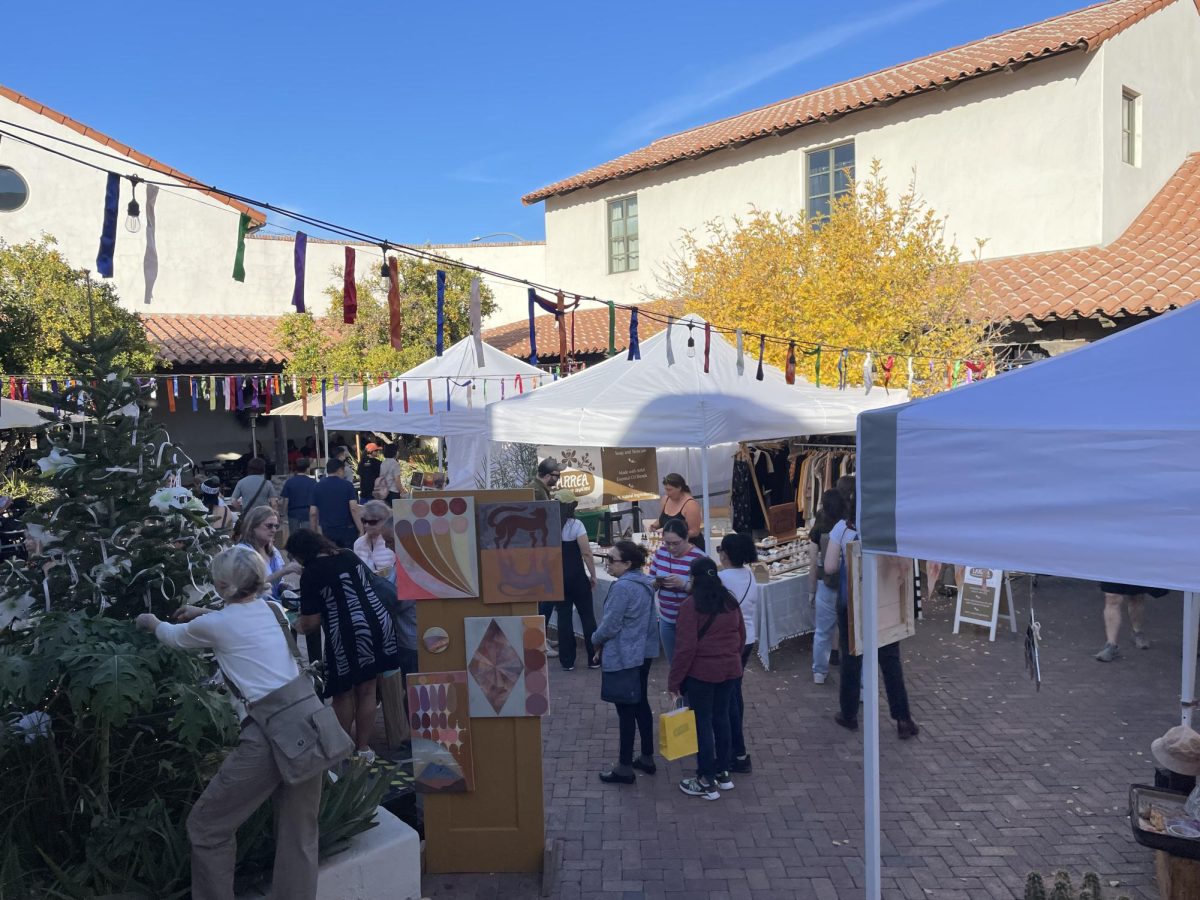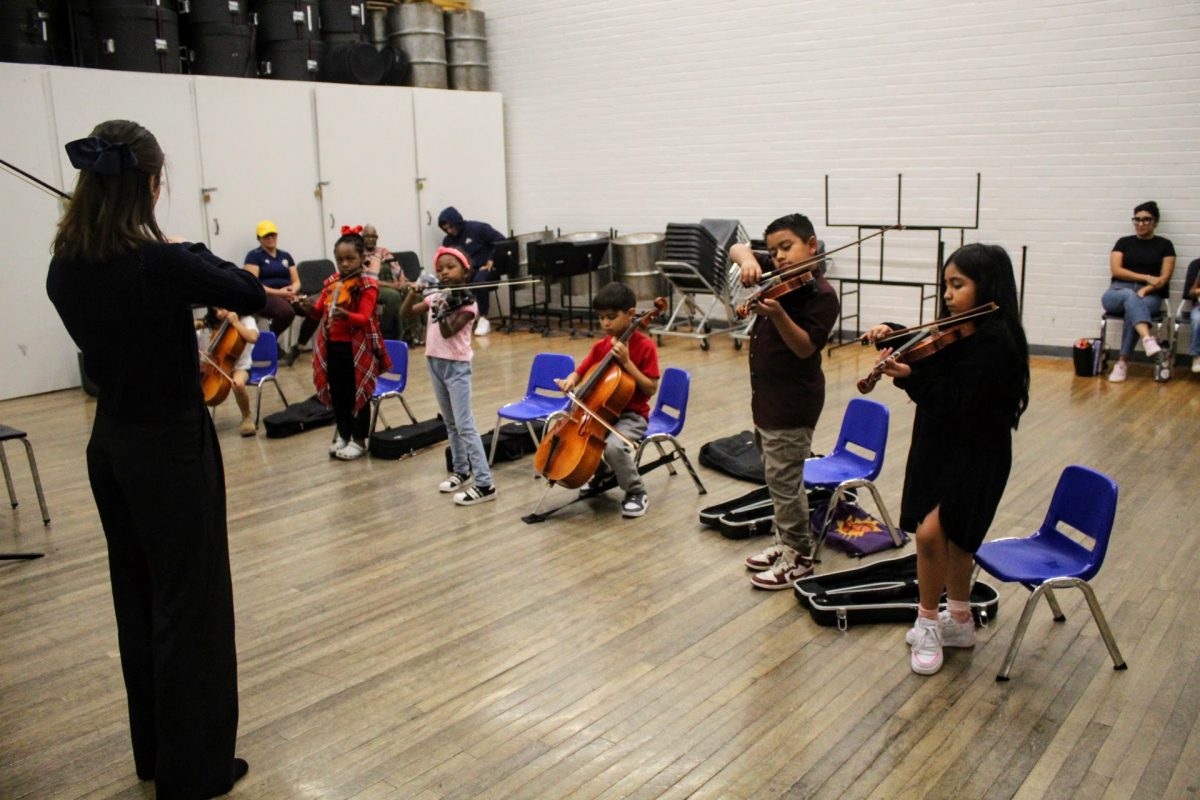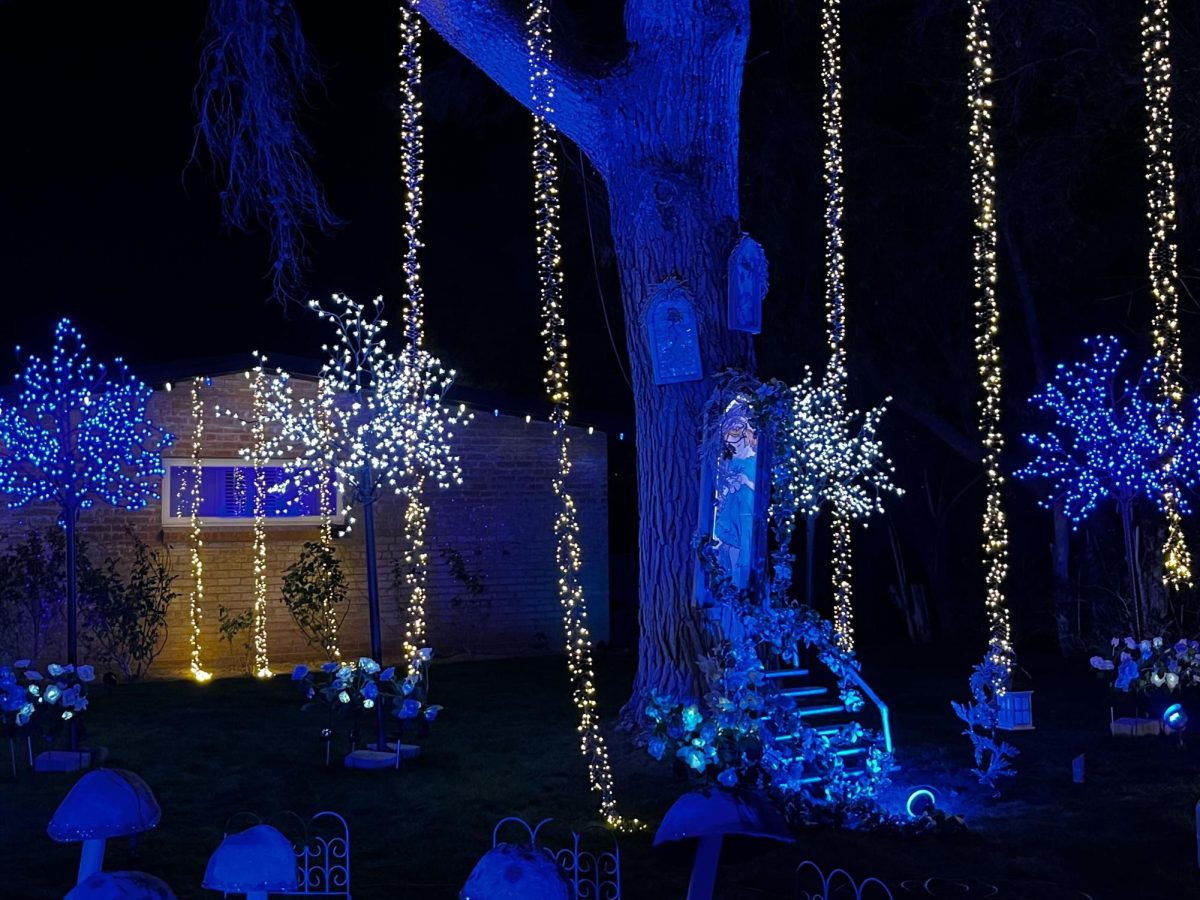Labor Day weekend brought the annual HOCO Fest back to Tucson.
Every year, Hotel Congress hosts HOCO Fest, a three-day and three-night live music event held in downtown Tucson. Each day hosts its own unique activities and special musical guests.
Saturday marked day two of HOCO Fest, featuring the HOCO Poster Show in the lobby and the unveiling of the new Tucson rock ‘n’ roll museum exhibit in the hotel’s Copper Hall.
Featuring concert posters designed by local Tucson artists, the HOCO Poster Show is in conjunction with the Tucson rock ‘n’ roll museum exhibit to highlight the city’s prominent music scene since the 1960s.
The poster show will be up until Sept. 30, and copies of individual posters are for sale at $5 each, with the proceeds going to the Southern Arizona Artists and Musicians Healthcare Alliance.
In celebration of Club Congress’ 30 years of providing live entertainment, the rock ‘n’ roll show unveiled an interactive community exhibit in which people donated materials, memorabilia and artifacts to showcase Tucson’s diverse music scene over the past half century.
The curator of the exhibit is Timothy Gassen, a Tucson-based journalist and filmmaker who’s written about local music and film for many Tucson newspapers. Gassen is also known by the name Randy Love from his garage band, Marshmallow Overcoat, which is internationally known for creating the Arizona sound heard in the late 1980s.
“We had an idea for a really cool project and the result of that project is this pop-up museum,” said Hotel Congress’ entertainment director, David Slutes. “The main goal is to just celebrate the rich history of music in Tucson over the years.”
As part of emphasizing history, Slutes also created the Tucson rock ‘n’ roll time machine in Hotel Congress’ lobby. It is structured like an enclosed payphone, except when you pick up the phone, it turns into an interactive machine that tells the history of Tucson’s music with sample clips of songs during each era.
When asked about what will happen to the museum exhibit after HOCO Fest, Slutes said they’re “going to archive everything.”
Robert Zucker, publisher of Tucson’s Entertainment Magazine, doesn’t want the exhibit to be stowed away after its showing ceases.
“It’s sad to know that all this will be archived. As much as Tucson’s art scene is embedded in the city’s culture, our music history isn’t so much known about,” he said. “If only we had somewhere to put all this stuff, then we’d be able to give it the recognition and place in Tucson culture it deserves.”
The atmosphere was friendly as people bonded over their memories of the music. The locals say it best: uncovering new Tucson art history revives excitement in not only the city, but art itself.
If you missed HOCO Fest this year, be sure to catch it next year during Labor Day weekend. There’s no better opportunity to experience Tucson’s lively downtown scene.
Follow Justice Amarillas on Twitter.








